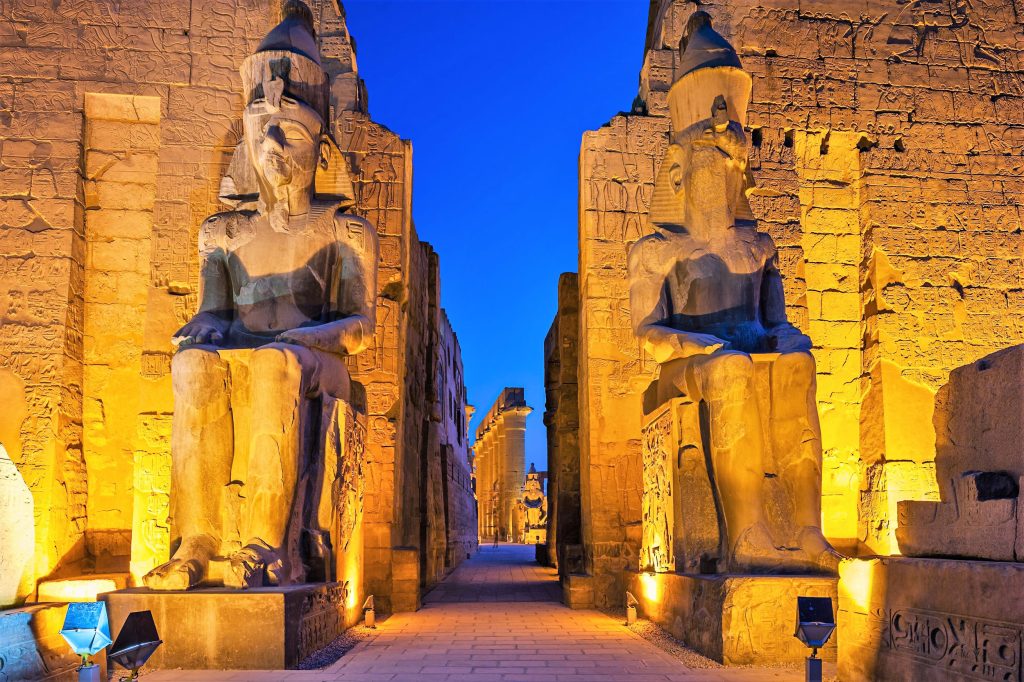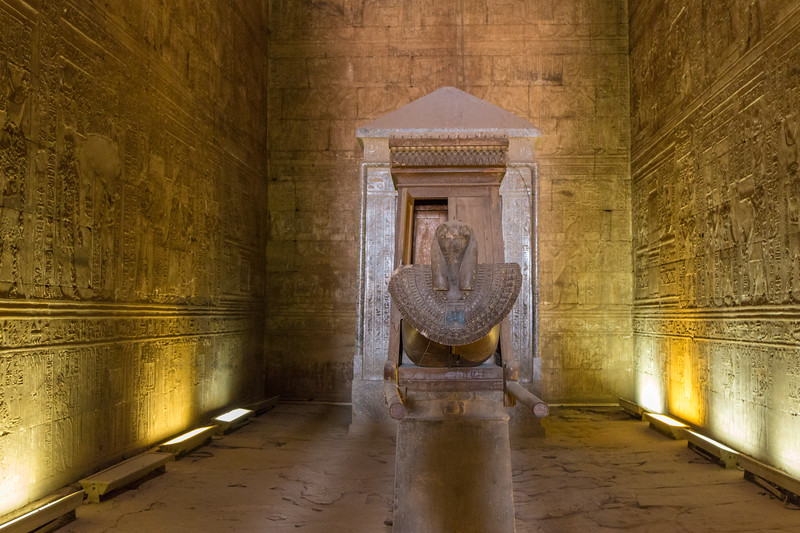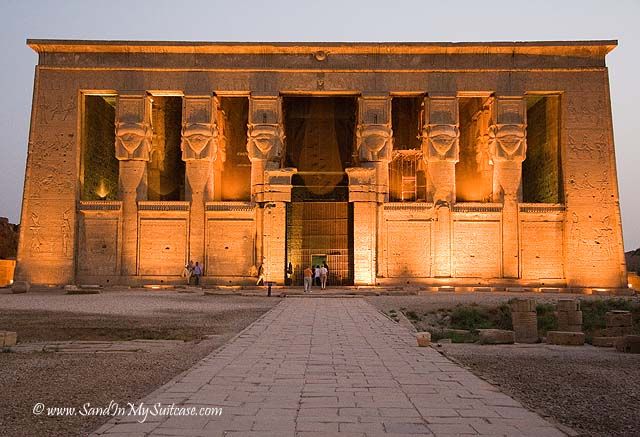According to today’s research, the history of architecture began in the year 400,000 – 300,000 BCE. Of course, the architecture of that time is hardly what we understand architecture today, but it already is. It is a shelter built by man for man. The huts of that time are made of sticks and vegetable materials to shield the human inside and protect against wind, weather and enemies.

Hut at Terra Amata , France
- Early stone people constructed temporary shelters using available materials
- One of earliest known example discovered in 1966 at Terra Amata in France
- Dates back to 400,000 years
- Oval in shape and constructed of tree branches

Afterwards , around 40,000 BCE lived the Home Sapiens . in northern europe they lived in huts with circular and dome formed plans , with a frame covered by animal skin . in Ukraine there
has been found remains of huts from 44,000-12,000 years ago that were reinforced with bones and skulls of mammoths . these huts had large diameters and probably hosted big families .

Then , around 8,000-4,000, agriculture was already firmly established , so a sedentary lifestyle encouraged the construction of permanent housing . Also, different types of buildings appeared due to the comolexity of social organization .
the first neolithic city 5,500 was protected by a defensive wall , was made up of rectangular houses that had a ground floor and first floor built with pressed adobe bricks and wooden roofs covered with rammed mud on vegetable mats , they also didn’t have a front door and they used a ladder to access the house by a hole in the ceiling .

Mesopotamia dates back to between 4,000 and 3,000 BCE. The prehistoric architecture there was built of adobe or brick. Temples like the Ziggurats were built on top of hills to be closer to the gods. We will see this again with the ancient Greeks. The cities were then built around the Ziggurats.
Ancient Egypt was built around 3,500 BCE. For the Egyptians, the river Nile was essential. They built near it because it provided vital water. It created cities like “Lahum” (ca. 1,895 BCE), temples and pyramids. The temples of the Agypter should hold for eternity. They were built of stone to be preserved in perpetuity. One of the Egyptians is probably the first known architect. Imhotep (27th century BCE) invented the first stair pyramid. This was made from several stacked “mastaba” burial sites to form a stair-like pyramid (See: Pyramid of Zoser).
THE EGYPTIANS
around 3,500 BCE.
- Egyption life /architecture was built around the Nile River .
- Life was high quality and followed the cycles of the water and the sun .
- The River (north-south axis ) and the sun (west-east axis) set the organization of the cities , temples and fields forming an orthogonal grid .





Temples :
They were the most important piblic buildings and the house of the gods , They presented as an architecture of permanence and immutability with purpose of continuity and order . They used large masses and monotonous regularity which equaled durability

Pyramids :
Egyptians were obsessed with life so they built pyramids to cult the dead .
Imhoteph invented the stepped stone pyramid for Zoser . He transforms the mastaba into a stepped pyramid and uses adobe bricks and tree trunks with limestone masonry .

Ancient Greece was instrumental in the development of European civilisation. Its period was from 1,200 to 146 BCE. In terms of cultural history, however, various manifestations, results and achievements had an impact far beyond that time and partly even into the present. The goal of the Greeks was to achieve human excellence. They wanted to dedicate their architecture to the gods and pay them their gratitude and respect with the almost perfect construction. Their creativity and creativity should prove this. The buildings were built around hills or small mountains to erect a temple for the gods. In the beginning, they were made of wood and only with time stone temples replaced them. They used not only exact technical art but even considered optical distortions in the construction. Since culture was a big part of Greek society, this was the first time that open cultural centres such as theatres and stadiums were built. They were often made into the curves of hills to allow for rising rows of seats. The rich theatres have excellent acoustics. Private houses were not so advanced at that time. They were practical and had many outdoor areas, which was not a problem in the Mediterranean climate
